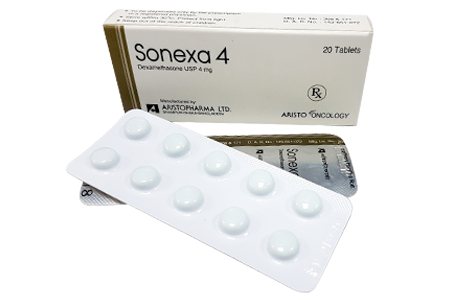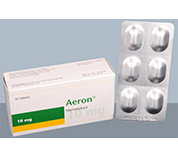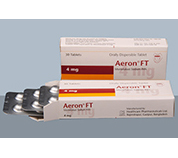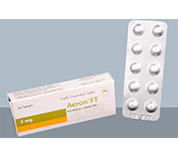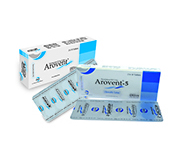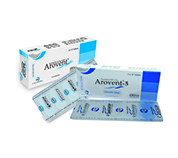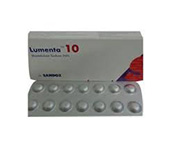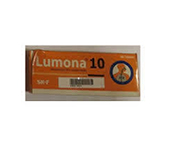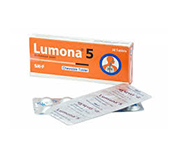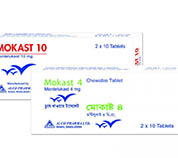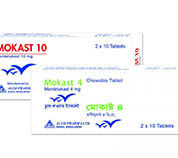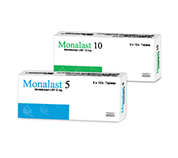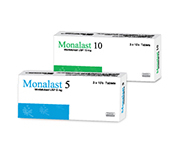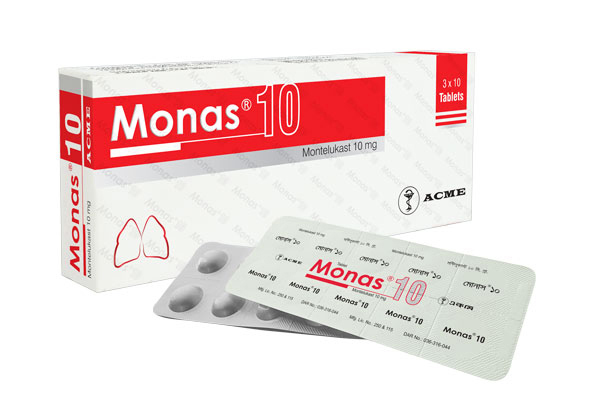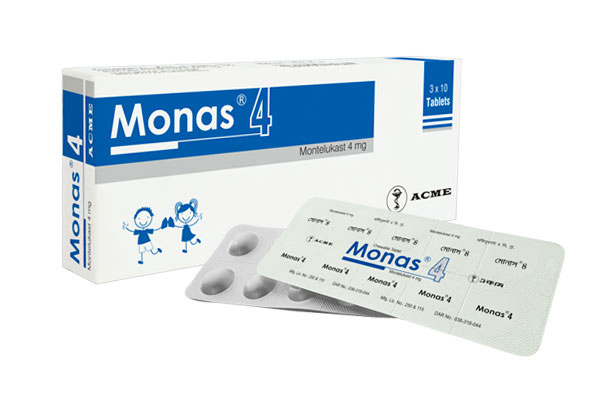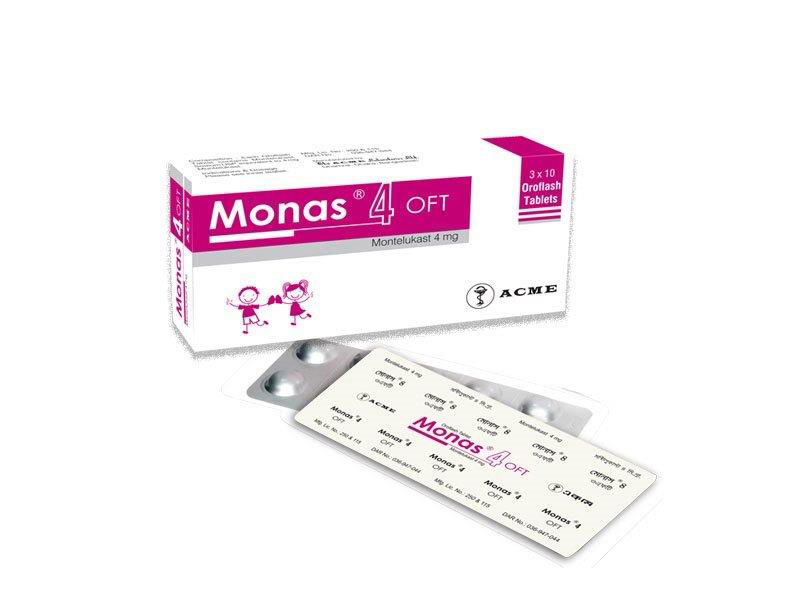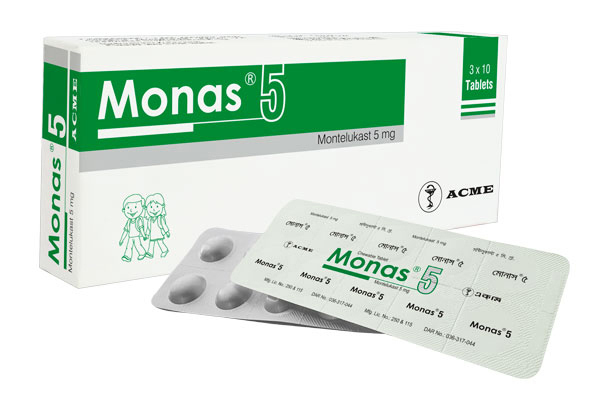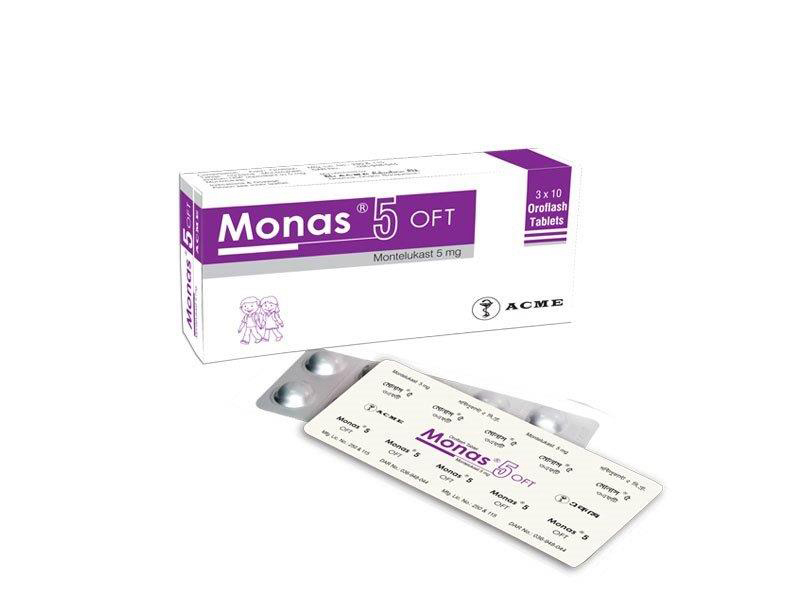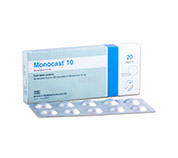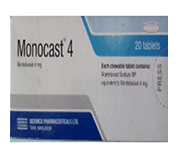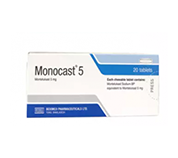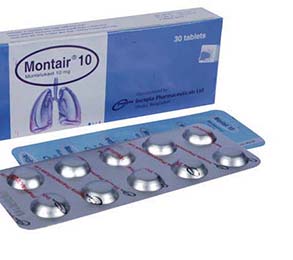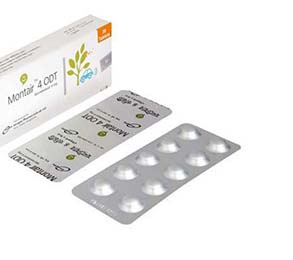Sonexa 4 Tab 1 Pcs
Alternative products
Dexamethasone Sodium Phosphate
Indications
Allergic states: Control of severe or incapacitating allergic conditions intractable to adequate trials of conventional treatment in asthma, atopic dermatitis, contact dermatitis, drug hypersensitivity reactions, perennial or seasonal allergic rhinitis and serum sickness.
Collagen disease: Like lupus erythematosus, rheumatoid arthritis etc.
Dermatologic diseases: Bullous dermatitis herpetiformis, exfoliative erythroderma, mycosis fungoides, pemphigus and severe erythema multiforme (Stevens-Johnson syndrome).
Endocrine disorders: Primary or secondary adrenocortical insufficiency, congenital adrenal hyperplasia, hypercalcemia associated with cancer and nonsuppurative thyroiditis.
Gastrointestinal diseases: Regional enteritis and ulcerative colitis.
Hematologic disorders: Acquired (autoimmune) hemolytic anemia, congenital (erythroid) hypoplastic anemia (Diamond-Blackfan anemia), idiopathic thrombocytopenic purpura in adults and selected cases of secondary thrombocytopenia.
Neoplastic diseases: Leukemias and lymphomas.
Nervous system: Acute exacerbations of multiple sclerosis, cerebral edema associated with primary or metastatic brain tumor, craniotomy or head injury.
Ophthalmic diseases: Temporal arteritis, uveitis, and ocular inflammatory conditions unresponsive to topical corticosteroids.
Renal diseases: To induce a diuresis or remission of proteinuria in idiopathic nephrotic syndrome or that due to lupus erythematosus.
Respiratory diseases: Berylliosis, fulminating or disseminated pulmonary tuberculosis when used concurrently with appropriate antituberculous chemotherapy, idiopathic eosinophilic pneumonias, symptomatic sarcoidosis.
Rheumatic disorders: As adjunctive therapy for short-term administration (to tide the patient over an acute episode or exacerbation) in acute gouty arthritis, acute rheumatic carditis, ankylosing spondylitis, psoriatic arthritis, rheumatoid arthritis, including juvenile rheumatoid arthritis (selected cases may require low-dose maintenance therapy). For the treatment of dermatomyositis, polymyositis, and systemic lupus erythematosus.
Miscellaneous: Diagnostic testing of adrenocortical hyperfunction, trichinosis with neurologic or myocardial involvement, tuberculous meningitis with subarachnoid block or impending block when used with appropriate antituberculous chemotherapy.
Pharmacology
Dexamethasone is a synthetic glucocorticoid which decreases inflammation by inhibiting the migration of leukocytes and reversal of increased capillary permeability. It suppresses normal immune response.
Dosage & Administration
In general, glucocorticoid dosage depends on the severity of the condition and the response of the patient. If no favourable response is noted within a couple of days, continuation of glucocorticoid therapy is undesirable. In chronic conditions requiring long-term therapy the lowest dosage that provides adequate, but not necessarily complete, relief should be used.
For tablet:
- In adult patients, daily oral dosages vary from 1 mg to 10 mg and in children from 0.03-0.20 mg/kg body weight,according to the individual response.
- In some patients higher dosages may be temporarily required,to control the disease. As soon as circumstances permit,dosage should be decreased.
- For a short dexamethasone suppression test 1 mg dexamethasone is given at 11 p.m. and plasmacortisol measured the next morning.
- Patients who do not show a decrease in cortisol can be exposed to a longer test: 0.5 mg dexamethasone is given at 6-hour intervals
- for 48 hours followed by 2 mg every 6 hours for a further 48 hours. 24-hour urine collections are made before, during and at the end of the test for the determination of 17 alpha-hydroxycorticoids.
For injection:
- Dexamethasone can be given by intravenous (IV), intramuscular (IM) or local injection. Dexamethasone injections can also be diluted with an infusion fluid or be injected directly into the infusion line.
- Intravenous injections of massive doses should be given slowly, over a period of several minutes.
- Intramuscular administration should be given by deep intramuscular injection,to prevent atrophy of the subcutaneous adipose tissues.
- Intra-articular injections should be given under strictly aseptic conditions as glucocorticoids decrease the resistance to infection. When diluted with these infusion fluids, Dexamethasone will keep its potency for at least 24 hours (at room temperature and in daylight conditions). As infusion fluids, Sodium chloride 0.9%, Anhydrous glucose 5%, Invert sugar 10%, Sorbitol 5%, Ringer's solution, Hartman's solution (Ringer-lactate) etc.can be used.
- The dosage of Dexamethasone depends on the severity of the condition and the response of the patient.
- For systemic therapy in adults, daily doses of 0.05-0.20 mg/kg body weight are usually sufficient. For emergencies (e.g. anaphylaxis, acute severe asthma, cerebral edema) substantially higher doses are required. An initial dose of 10-20 mg IV is followed by 6 mg IV or IM every 6 hours,until a satisfactory result has been obtained. Thereafter the dosage has to be tapered off gradually.
For local therapy, the following doses are recommended:
- Intra-articularly: 2-4 mg in large and 0.8-1 mg in small joints
- Intrabursally: 2-4 mg;in tendon sheaths:0.4-1 mg
- The frequency of these injections may vary from every 3-5 days to every 2-3 weeks
* চিকিৎসকের পরামর্শ মোতাবেক ঔষধ সেবন করুন'
Interaction
- Diuretics and/or cardiac glycosides, since potassium loss may be enhanced.This is a particular risk in patients using cardiac glycosides; since hypokalaemia increases the toxicity of these drugs.
- Antidiabetics, since glucocorticoids may impair glucose tolerance, thereby increasing the need for antidiabetic drugs.
- Non-steroidal anti-inflammatory drugs, since the incidence and/or severity of gastro-intestinal ulceration may increase.
- Oral anti-coagulants since glucocorticoids may alter the need for these drugs.
- Glucocorticoids may be less effective when used concomitantly with liver enzyme inducing drugs,such as rifampicin, ephedrine, barbiturates, phenytoin and primidone.
- If patients undergoing long-term therapy with glucocorticoids are concomitantly given salicylates, any reduction in glucocorticoid dosage should be made with caution, since salicylate intoxication has been reported in such cases.
- Antacids;especially those containing magnesium trisilicate,have been reported to impair the gastro-intestinal absorption of glucocorticoids. Therefore, doses of one agent should be spaced as far as possible from the other.
Contraindications
- Gastric and duodenal ulcers.
- Systemic and ophthalmic fungal infections.
- Viral infections, e.g. varicella and herpes genitalis infections. Viral infections of the eye.
- Glaucoma.
- Hypersensitivity to corticosteroids
Side Effects
The following adverse reactions have been associated with prolonged systemic glucocorticoid therapy.
Endocrine and metabolic disturbances: Cushing-like syndrome, hirsutism, menstrual irregularities, premature epiphyseal closure, secondary adrenocortical and pituitary unresponsiveness, decreased glucose tolerance, negative nitrogen and calcium balance.
Fluid and electrolyte disturbances: Sodium and fluid retention, hypertension, potassium loss, hypokalaemic alkalosis.
Musculo-skeletal effects: Myopathy, abdominal distension, osteoporosis, aseptic necrosis of femoral and humeral heads.
Gastro-intestinal effects: Gastric and duodenal ulceration, perforation and haemorrhage.
Dermatological effects: Impaired wound healing, skin atrophy, striae, petechiae and ecchymoses, bruising, facial erythema, increased sweating, acne.
Central Nervous System effects: Psychic disturbances ranging from euphoria to frank psychotic manifestations,convulsions,in children pseudotumor cerebri (benign intracranial hypertension) with vomiting and papilloedema.
Ophthalmic effects: Glaucoma, increased intraocular pressure, posterior subcapsular cataracts.
Immunosuppressive effects: Increased susceptibility to infections, decreased responsiveness to vaccination and skin tests.
Pregnancy & Lactation
Pregnancy Category C.There are no adequate and well-controlled studies in pregnant women. Corticosteroids should be used during pregnancy only if the potential benefit justifies the potential risk to the fetus. Glucocorticoids appear in breast milk.Mothers taking high dosages of corticosteroids should be advised not to breast-feed
Precautions & Warnings
General: The lowest possible dose of corticosteroids should be used to control the condition under treatment.The reduction should be gradual.
Cardio-renal: These agents should be used with caution in patients with congestive heart failure,hypertension, or renal insufficiency.
Endocrine: Drug-induced secondary adrenocortical insufficiency may be minimized by gradual reduction of dosage.
Gastrointestinal: Steroids should be used with caution in active or latent peptic ulcers, diverticulitis, intestinal anastomoses, and nonspecific ulcerative colitis, since they may increase the risk of a perforation.
Musculoskeletal: Special consideration should be given to patients at increased risk of osteoporosis (e.g.,postmenopausal women) before initiating corticosteroid therapy.
Neuro-psychiatric: An acute myopathy has been observed with the use of high doses of corticosteroids, most often occurring in patients with myasthenia gravis or in patients receiving concomitant therapy with neuromuscular blocking drugs (e.g., pancuronium). Psychic derangements may appear ranging from euphoria, insomnia, mood swings, personality changes, and severe depression, to frank psychotic manifestations.
Use in Special Populations
In order to minimize the potential growth effects of corticosteroids, pediatric patients should be titrated to the lowest effective dose.
Overdose Effects
Overdosage is unlikely, however, treatment of overdosage is by supportive and symptomatic therapy
Therapeutic Class
Glucocorticoids
Storage Conditions
Tablet: Store in a cool & dry place, protected from light & moisture.
Injection: Store below 30° C, protected from light.Do not freeze. Keep medicines out of the reach of children
- Type Tablet
- Tag
- Morbi leo risus
- Porta ac consectetur ac
- Vestibulum at eros
